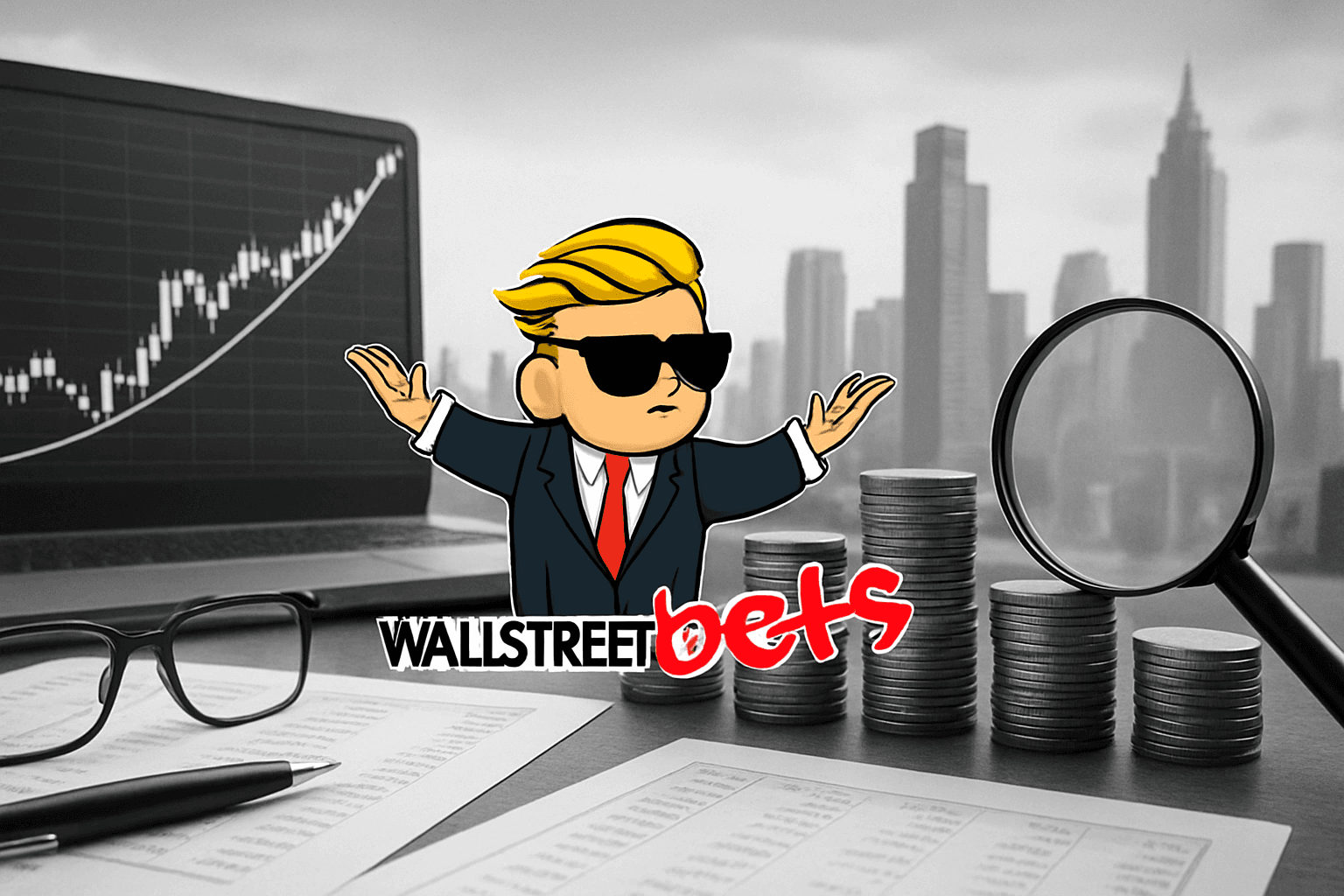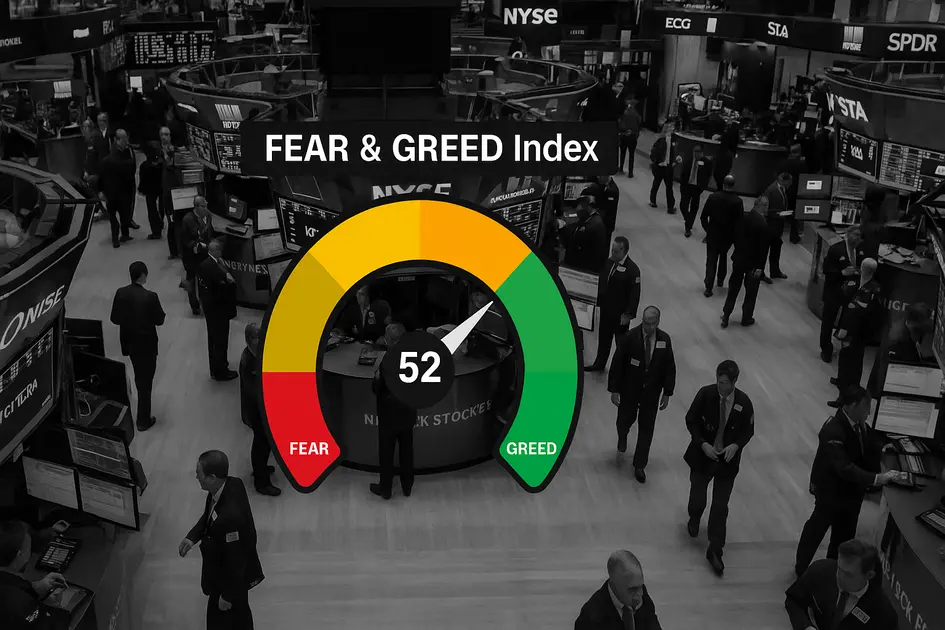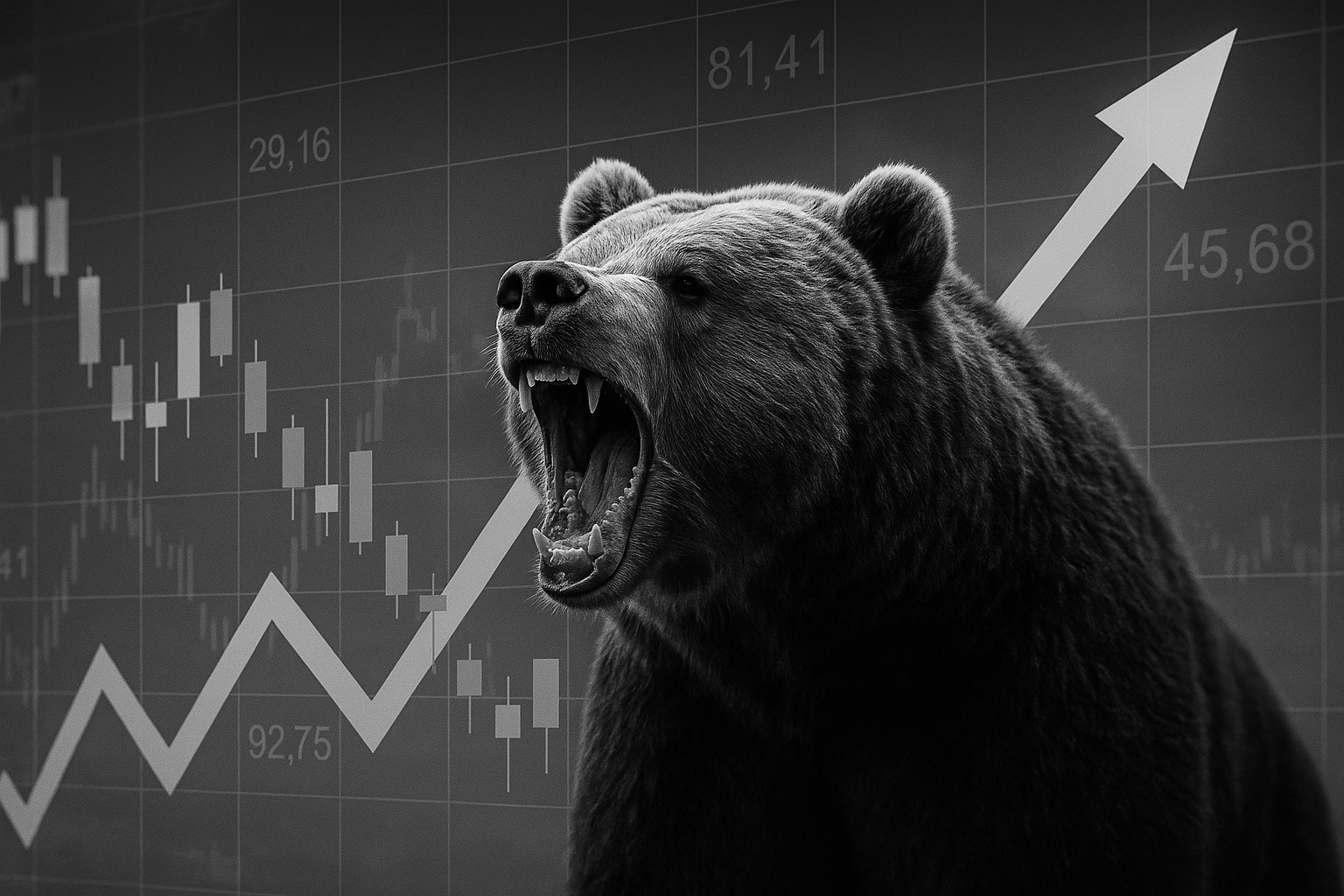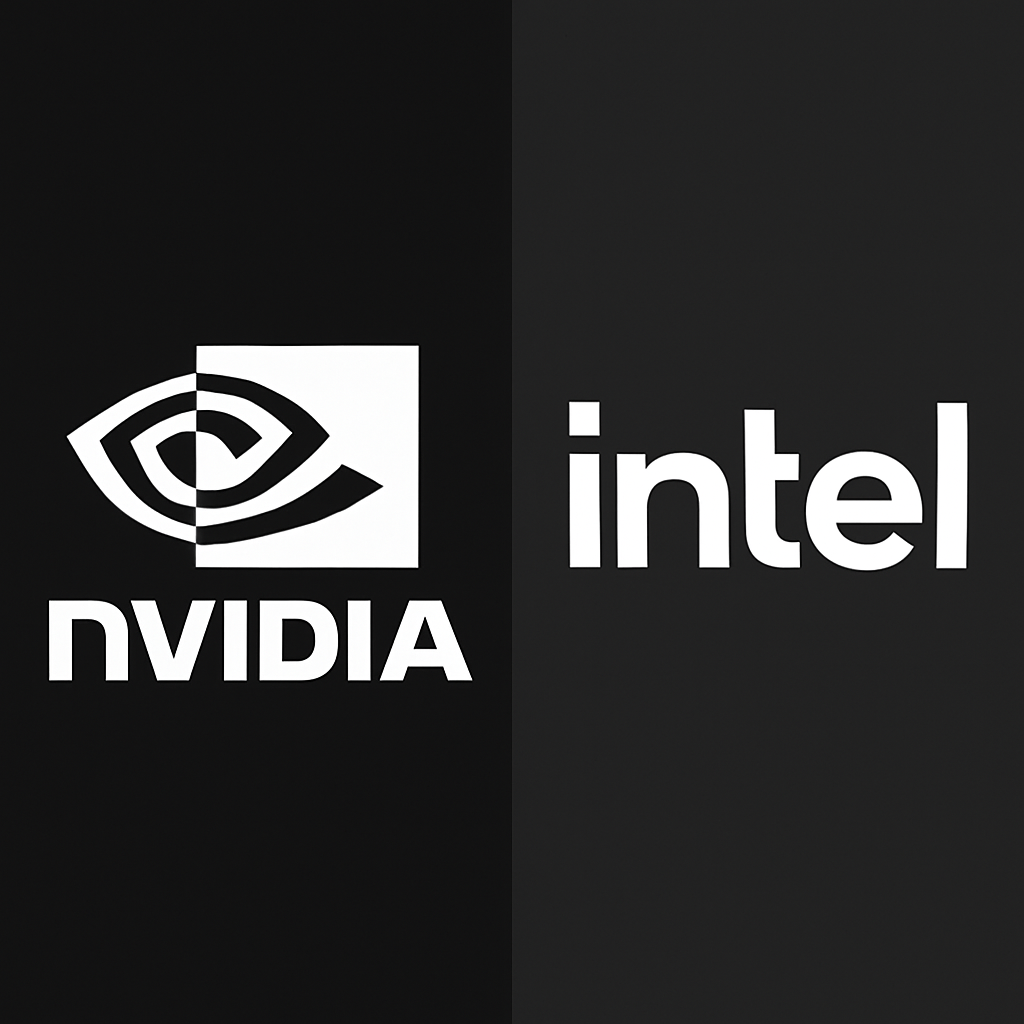The meme stock phenomenon became a household name in early 2021 when retail investors, coordinating via Reddit (notably r/WallStreetBets) and social platforms, propelled names such as GameStop (GME) and AMC Entertainment (AMC) to stratospheric short squeezes and extreme volatility. That episode challenged traditional assumptions about how much influence retail traders could wield in public equities.
Roundhill first launched its MEME ETF in December 2021, linking it to a rules-based index (the Solactive Roundhill Meme Stock Index) that combined screens of social media mention volume and short interest to filter a basket of meme candidates. However, the original MEME struggled to attract substantial capital amidst a hawkish interest-rate environment and broad risk-off sentiment in growth equities. By late 2023, it had dwindled to roughly $3 million in AUM and was liquidated due to lackluster interest.
The delisting or wind-down reflected a combination of low investor demand, poor performance in a high-volatility environment and investor fatigue in speculative stocks. The 2025 relaunch represents a bet that meme-driven momentum has re-emerged strongly enough to support a dedicated product.
The MEME ETF Relaunch: Structure & Strategy
Ticker / Launch Date: MEME relaunched on October 8, 2025, under the same ticker.
Expense Ratio: 0.69%.
Active Management: Unlike the prior semi-index approach, the relaunched MEME is actively managed. It can adjust holdings weekly or more frequently, targeting 13–25 stocks drawn from the top ~200 in social media activity and volatility.
Investment Mandate: At least 80% of net assets will be invested in “meme stocks” - companies with elevated social media activity and volatility.
Concentration Constraints: The fund is non-diversified but limits any single industry exposure to under 25%.
Top Holdings at Launch:
Company | Ticker | Weight (%) |
|---|---|---|
OPEN | 11.94% | |
PLUG | 10.71% | |
APLD | 8.72% | |
QS | 8.28% | |
CIFR | 7.25% | |
RGTI | 4.91% | |
BE | 4.72% | |
QUBT | 4.26% | |
HIMS | 4.23% | |
IONQ | 4.22% |
Weights sum to roughly 70%; the rest fill out 13–25 positions total. The fund can rebalance weekly, capturing shifts in meme popularity. On launch day, roughly $9 million in shares traded.
Top Holdings Deep Dive & Risks Overview
Opendoor (OPEN): Proptech company highly discussed in retail channels. The stock rallied from under $1 to over $9 in 2025 before pulling back. Business fundamentals remain cyclical and capital-intensive. High short interest makes it squeeze-prone.
Plug Power (PLUG): Hydrogen fuel-cell play with heavy retail attention. Revenue growth has been strong, but profitability remains elusive. Sensitive to clean-energy policy and market sentiment.
Applied Digital (APLD): Operates data centers tied to crypto and AI infrastructure. Shares trade with crypto cycles and exhibit extreme volatility. High leverage to Bitcoin and DeFi narratives.
QuantumScape (QS): Solid-state battery developer. Long-term potential but years from profitability. A classic “visionary tech” meme play.
Cipher Mining (CIFR): Bitcoin mining company exposed to crypto price swings and energy costs. Retail traders often treat it as a leverage proxy for BTC.
Rigetti Computing (RGTI): Quantum computing startup, thinly traded and highly speculative. Draws attention from futurist retail segments.
Bloom Energy (BE): More mature clean-energy company; less speculative but still volatile. Margins remain under pressure.
Quantum Computing Inc. (QUBT): Tiny quantum stock; price often driven by online hype cycles.
Hims & Hers (HIMS): Telehealth brand with consumer recognition. Retail interest tied to virality and influencer marketing.
IonQ (IONQ): Quantum hardware leader; speculative but seen as the “Tesla” of quantum by some retail investors.
Cross-holding themes include high beta, early-stage technology, strong narrative appeal and vulnerability to sentiment reversals. Liquidity constraints and reflexivity risks - where ETF flows move the same stocks it holds - are substantial.
Thematic Analysis: Patterns & Risk Profile
The MEME ETF is dominated by speculative technology narratives. Roughly two-thirds of holdings are in “future tech” and clean-energy verticals such as quantum computing, green hydrogen and crypto infrastructure. There is minimal exposure to value, defensives, or traditional sectors.
Common traits across holdings include elevated volatility, negative free cash flow, and high retail ownership. Most companies are growth or turnaround plays rather than mature, cash-generating businesses. As such, risk levels far exceed those of traditional ETFs.
The ETF’s correlation among holdings is high due to thematic overlap. In broad risk-off markets, these names tend to move down together, offering little diversification. Weekly rebalancing improves responsiveness but raises turnover costs and potential whipsaw effects.
Market Implications & Strategic Considerations
Bullish Case: The relaunch underscores that retail investors remain a powerful structural force in markets. If meme enthusiasm reaccelerates, MEME could deliver large gains by concentrating exposure to the next viral names. Active management provides flexibility to adapt to trends faster than a static index. Reflexivity - inflows lifting prices of underlying stocks - could further amplify returns in the short run.
Bearish Case: Critics see the relaunch as a potential contrarian signal, reminiscent of 2021’s speculative peak. The ETF could struggle with timing, often entering trades late. High turnover and transaction costs could erode performance. Regulators may scrutinize a fund explicitly based on social media momentum. Most holdings remain unprofitable and vulnerable to macro tightening.
Broader Market: MEME’s return highlights the normalization of retail-driven momentum as a legitimate investment theme. It could also reintroduce volatility into small-cap and shorted equities if it attracts sizable inflows. Other ETF issuers may follow, blending thematic and sentiment-based investing further. For the SEC and institutional allocators, this trend raises questions about herd behavior and systemic speculation.
Investment Considerations & Recommendations
For Retail Investors: Use MEME tactically as a speculative or “fun money” position rather than a core holding. Position sizing should remain small (e.g., under 5–10% of portfolio). Expect large swings and avoid chasing short-term rallies.
For Market Observers: Track fund flows, daily volumes and turnover as gauges of retail sentiment. Watch for sharp changes in holdings as a proxy for meme rotation trends. MEME could become a leading indicator for broader speculative appetite.
Bottom Line
Roundhill’s MEME ETF relaunch is both a market experiment and a cultural statement. It acknowledges that social-media-driven trading is now a semi-permanent feature of equity markets. Active management may improve flexibility but introduces new timing and turnover risks. For traders, MEME offers a packaged way to play retail sentiment without stock-picking. For long-term investors, it represents a speculative instrument to be handled with caution. The ETF’s success will depend on whether meme momentum truly has staying power - or if, once again, the hype burns out faster than the trades it captures.





